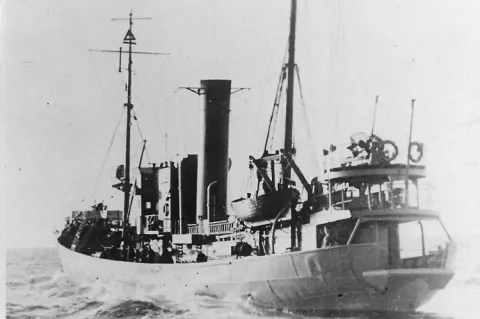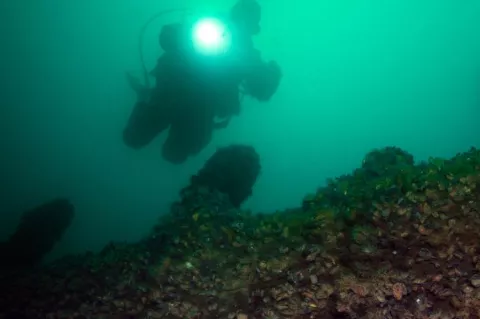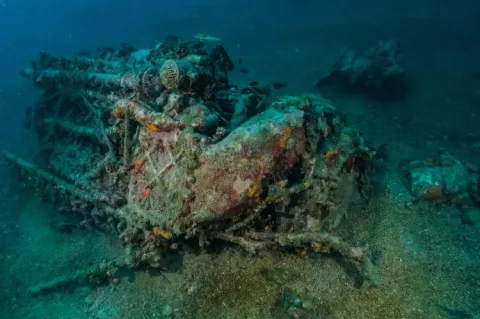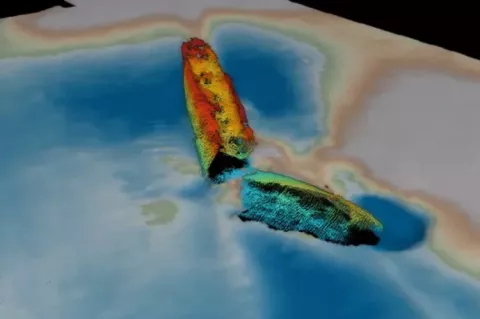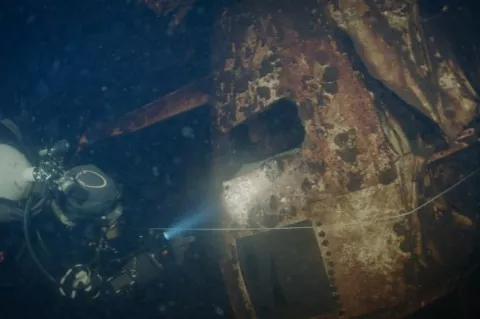HMS Regent, long lost WW2 submarine, found in the Adriatic
The newly-found wreck lies off the coast near Villanova di Ostuni, some 19 miles from Monopoli.
First believed to be found by Italian divers in 1999, it was later determined in 2020 that the wreck thought to be Regent was in fact the Italian submarine Giovanni Bausan which had been sunk by the RAF in 1944.
Now, it seems another dive team has had better luck in identifying Regent. She rests off the coast near Villanova di Ostuni, some 19 miles from Monopoli, upside down in 70m of water. The apparent victim of a mine.


